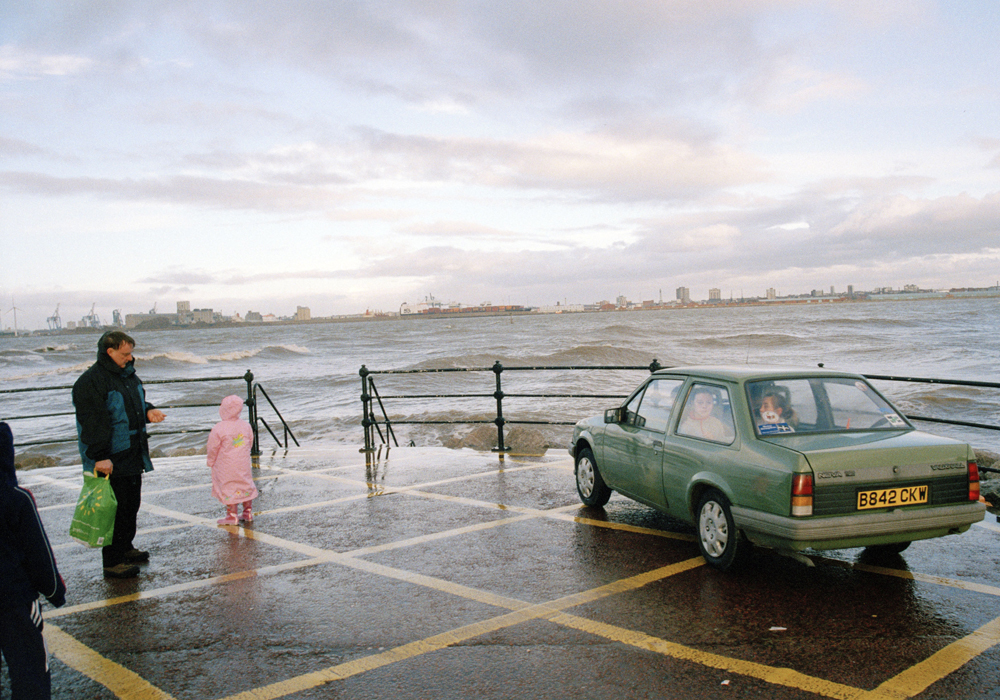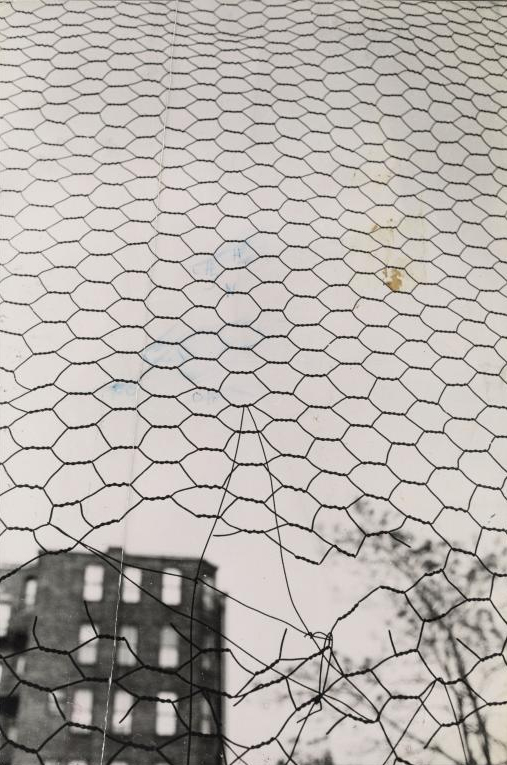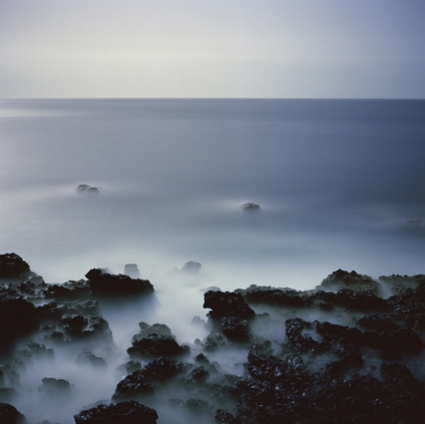Posted on
2014-01-20
The ‘Fullmoon’ series of photographs, which have taken Almond to every continent over a period of 13 years, are taken under the light of a full moon using long exposure, enabling details undetectable to the human eye to be revealed. For works in this show he has traveled to Patagonia, Tasmania, Cape Verde and the Outer Hebrides. While depicting disparate lands, the works all embody Almond’s interest in time, both as an actual, lived experience as well as a cultural and historical construct. They acknowledge his deep connection to particular landscapes, and map the artist’s personal interest in its geology, myth and history.
The Patagonia pictures employ classical compositions – referencing Romantic landscape painting – and are bathed in a supernatural light, the result of the lack of airborne pollution in this pristine, almost untouched land. Almond’s tripartite photograph of the surface of the Perito Moreno Glacier is compressed to the point of abstraction: emphasising both the painterly quality of its celadon-coloured ice as well as its formidably dense formation and scale. Attesting to geological decay, the blue colour signifies its prehistoric date and is only revealed at the moment the ice breaks, a common occurrence due to man’s impact on the environment.
In the large-scale, expansive photographs of Cape Verde, rough black stones emerge from the Atlantic Ocean. The rocks are solidified lava, and this seemingly diabolic, remote landscape, that bears the evidence of its own formation so vividly, played a key role in Darwin’s book ‘On the Origin of the Species’ (1859). Almond’s interest in what the landscape reveals is echoed in his ‘Present Form’ photographs of standing stones on the Isle of Lewis in the Outer Hebrides installed at the centre of the exhibition. These photographs of individual upright stones, wrought out of the oldest known rocks in the British Isles, ravaged and partially covered with vegetation, form part of a stone circle dating from 3,000 BC, and are thought to have been used as an astronomical observatory to measure 18.6-year moon cycles. Almond has photographed the stones as evidence of our primal need to measure and quantify the passing of time.
Exhibition runs from January 22nd to April 13th, 2014
White Cube
144 – 152 Bermondsey Street
London
SE1 3TQ
whitecube.com




